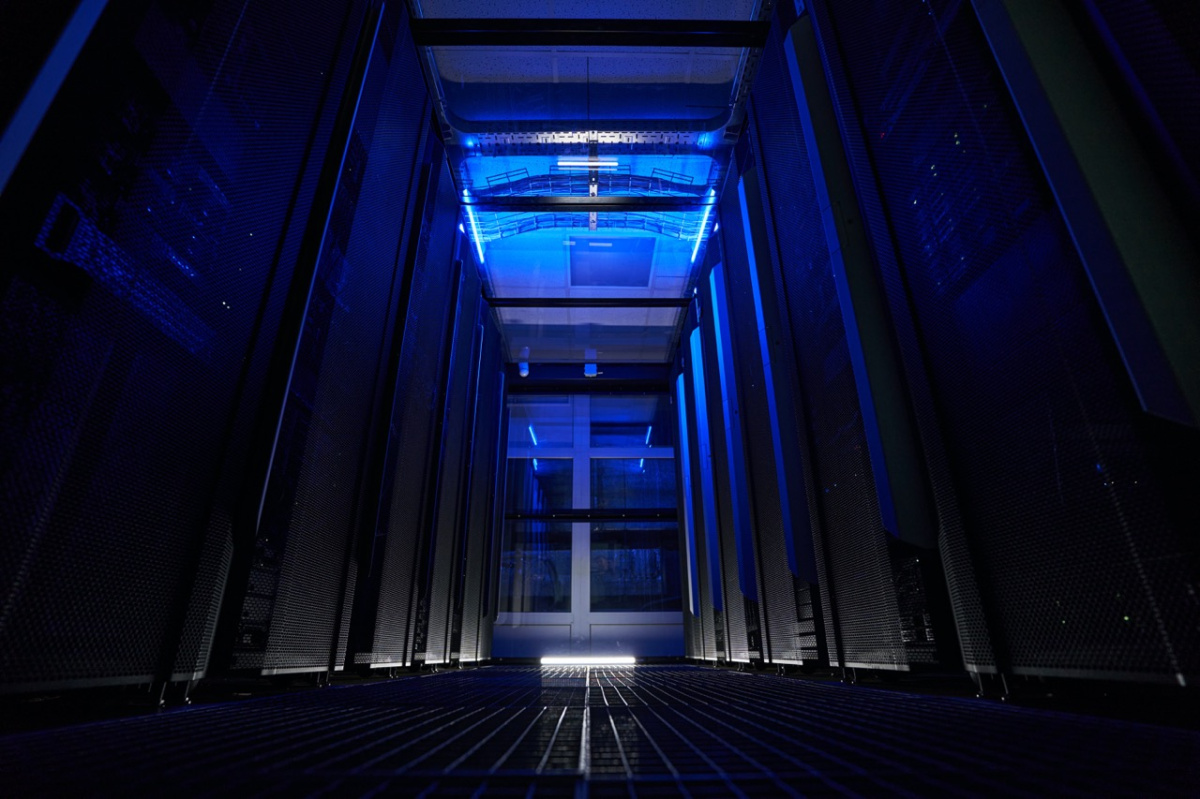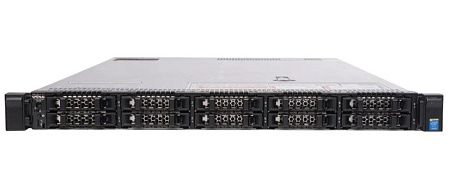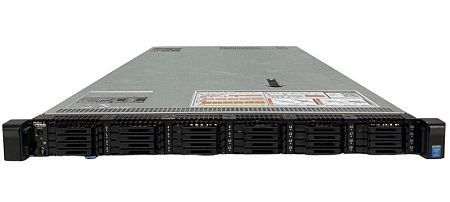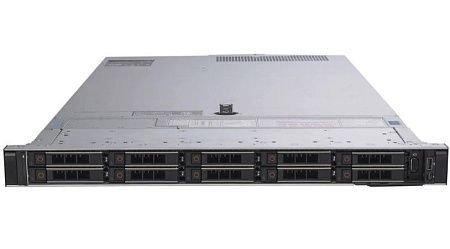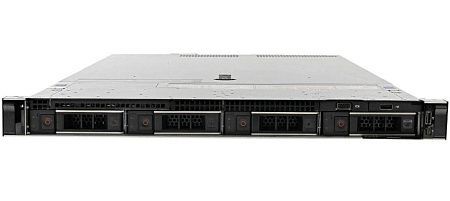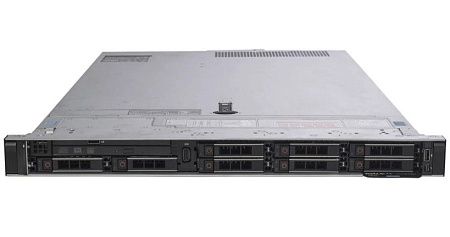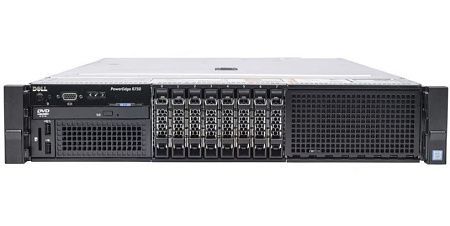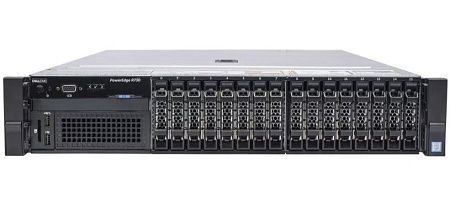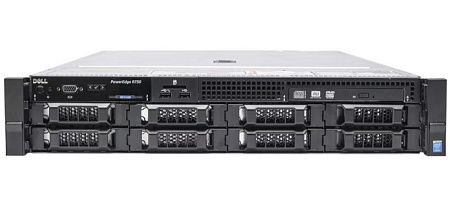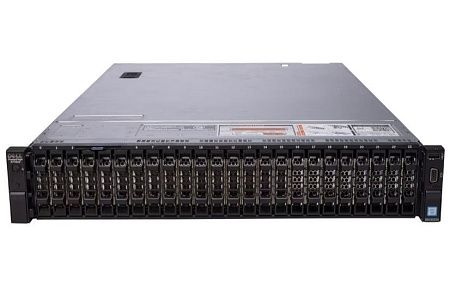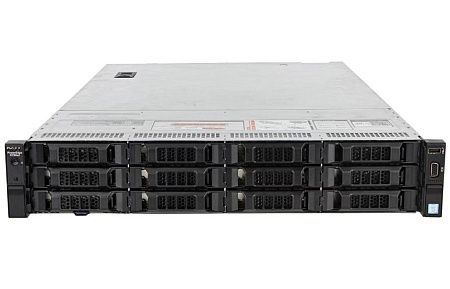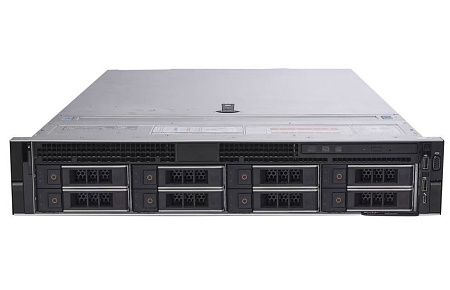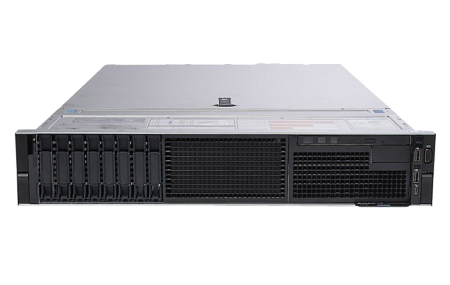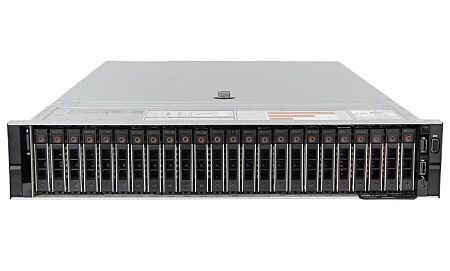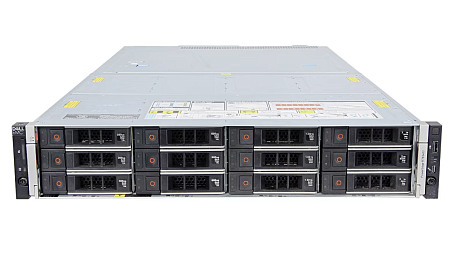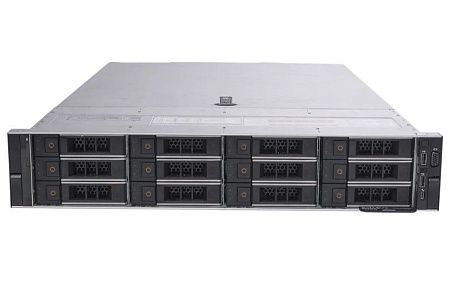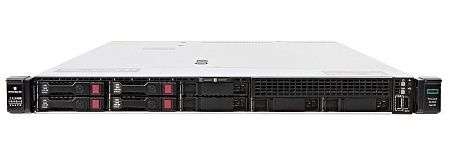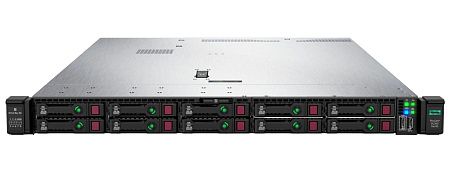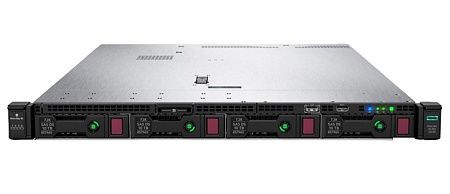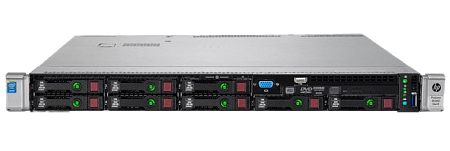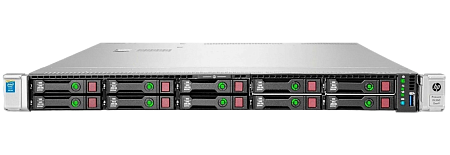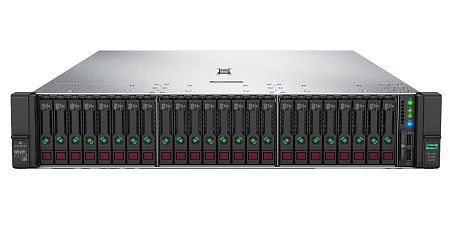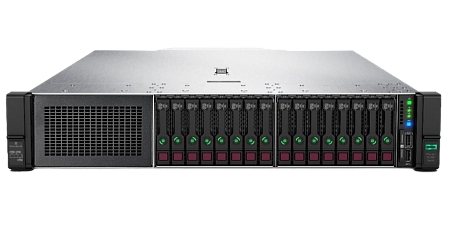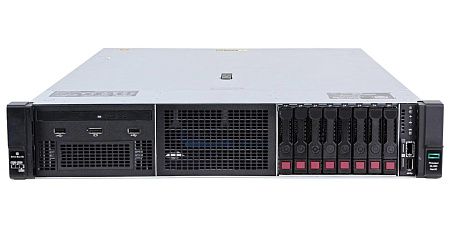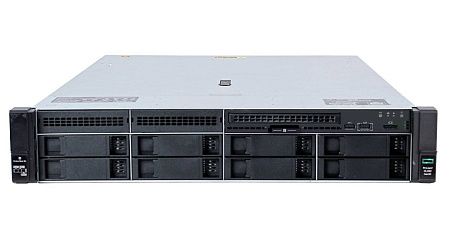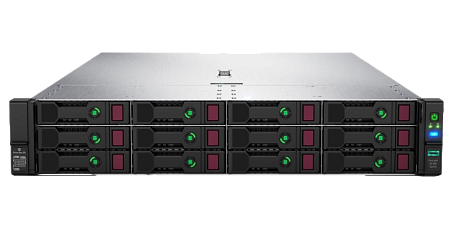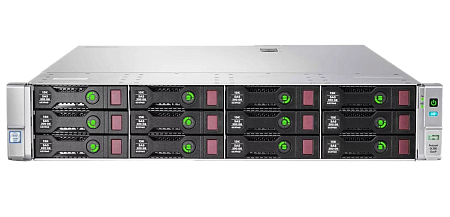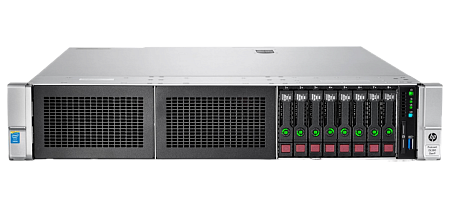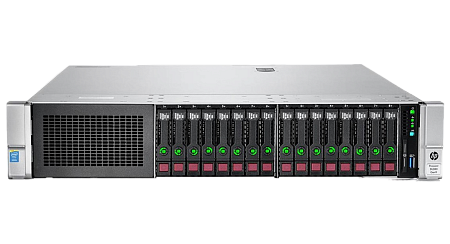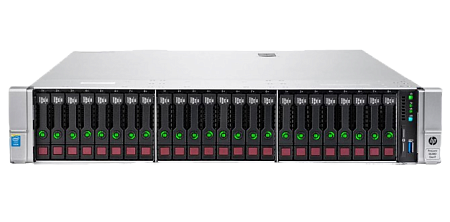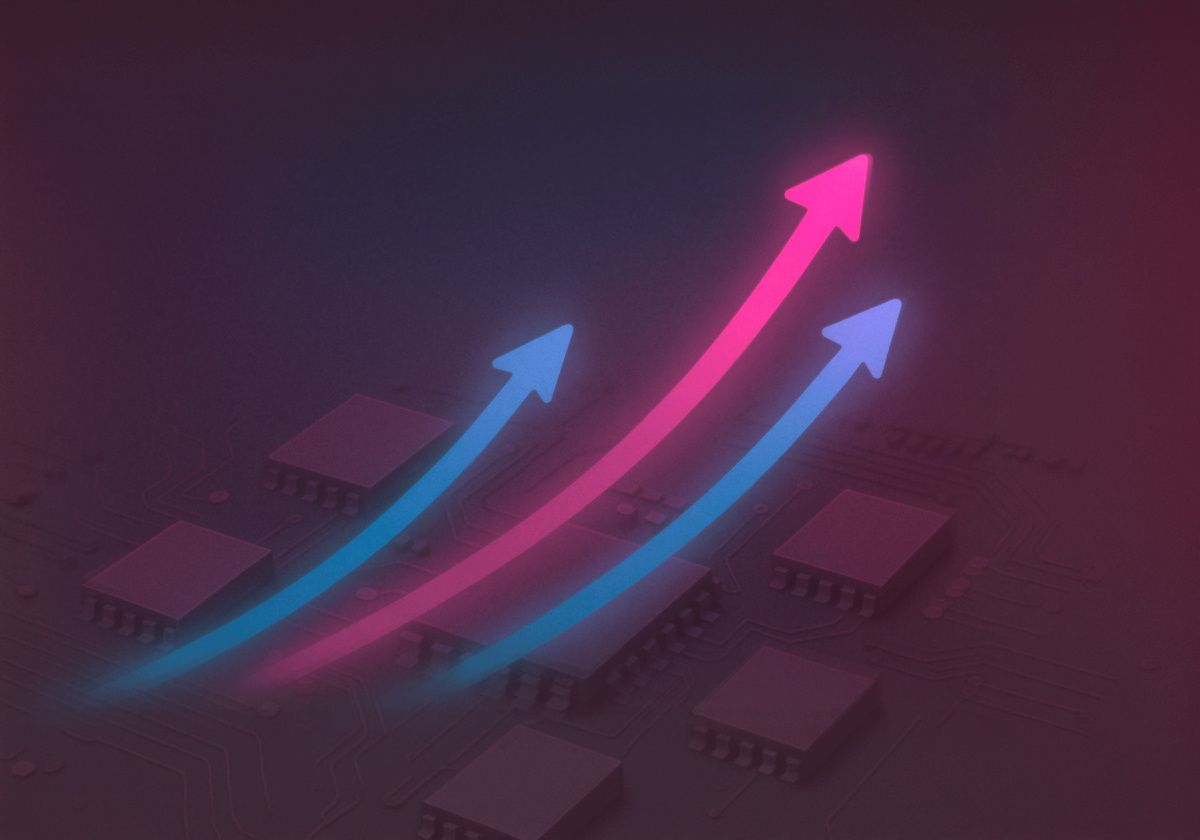Each company defines specific business requirements for itself. As a rule, they are established in relation to the internal rules and regulations of the organization, fault tolerance of services, the procedure for conducting work processes, as well as security in all aspects. Today, for many companies, continuity of service provision remains an important purpose. Within the business, this issue can be solved by creating and maintaining an IT infrastructure. External factors suggest the use of a data center. The widespread use of commercial data centers has led to the need to standardize the level of services.
In order to classify the level of data centers, a special system was created in the mid-1990s. The Uptime Institute standard makes it possible for data centers to confirm the level of their services. Customers, in turn, can determine in advance what to expect when buying certain services. Over time, standards have changed, but the Tier classification system itself has become generally accepted.
This rating system is based on the following parameters:
- uptime,
- maximum level of infrastructure performance,
- efficiency indicators.
There are 4 performance levels, included in the classification system. Each level has its own set of characteristics for rating. Each higher Tier includes all the functions of the previous level.
Tier I – basic level
- Reliability level – low.
- Backup – none (N).
- The possible downtime per year – 28 hours and 48 minutes.
- The availability rate – 99.671%.
Taking into account the requirements for the reliability of data center infrastructure, Tier I considered the basic level. The main minimum requirement is downtime (should not exceed 28.8 hours per year), which is necessary for certification.
The following indicators are typical for a Tier I facility:
- Uptime – 99.671% per year.
- Using the UPS system in order prevent power failure or shutdown.
- Specially allocated space for hosting IT systems of the data center.
- Using chillers – industrial refrigeration units for air conditioning in the server room.
It is possible for the Tier I data center to include additional platforms and modules. At the same time, there may be no backup elements in the systems such as temperature and humidity control in the server room, auxiliary power or 24/7 air conditioning.
Important information about a Tier I data center:
- Parameters such as physical access to the server room and security data must be checked before using the Tier I data center services, as they are not regulated by the standards of this level.
- Various technical works, such as emergency repairs or preventive maintenance, require a complete shutdown of the data center, which leads to downtime anyway.
- The data center building may not always be suitable for the placement and further maintenance of equipment. For example, it may not correspond to the climatic parameters (inappropriate temperature or excessive humidity).
Considering that these indicators are mainly inappropriate in the context of modern business, it is quite difficult to find such a facility.
Tier II — reserve capacities
- Reliability level – average.
- Backup – partial (N+1).
- The possible downtime per year – 22 hours.
- The availability rate – 99,741%.
In addition to all the functions of the previous level, Tier II data centers maintain a high level of infrastructure reliability and efficiency. These benefits are achieved due to the availability of backup parameters in the most important data center systems: power supply and cooling. This reduces the risk of possible failures or other problems in your data center infrastructure and increase the level of service efficiency. The undoubted advantage is that the Tier II data center does not need to perform a complete shutdown of systems during maintenance or other technical work.
The following indicators are typical for a Tier II facility:
- Uptime – 99.741% per year.
- Use of UPS modules.
- Application of cooling systems and similar devices.
- Additional power supply channels according to the N+1 backup algorithm.
- Accessibility of raised floor.
- Batteries and generators are used to ensure continuity of operation in the event of a power outage.
It is important to remember that the Tier II facility system does not offer full backup. Additional cooling and power supply devices according to the N+1 algorithm are available here. Thus, the most important components of the system are baked up, but there is a risk of a complete shutdown of the data center in the event of certain work begins.
Important information about a Tier II data center:
- In the event of an industrial accident or any other emergency situation, a Tier II data center requires the complete shutdown of all work processes in order to carry out diagnostics and repair work.
Data centers of this level are quite common and offer optimal prices. It is an excellent solution for medium and small businesses.
Tier III — parallel maintenance
- Reliability level – high.
- Backup – partial (N+1 / 2N).
- The possible downtime per year – 1 hour 36 minutes.
- The availability rate – 99,982%.
The Tier III data center is considered the most popular nowadays. Widespread use is associated with the growing needs and requirements of business for the continuous operation of infrastructure elements without downtime. Tier III includes all possibilities of the previous level in the Uptime Institute classification. Such data centers are characterized by a high level of reliability and backup of all system elements.
The following indicators are typical for a Tier III facility:
- Uptime – 99.982% per year.
- Using a raised floor.
- Distributed backup of communication channels.
- Using several independent power leads.
- Industrial UPS in machine rooms.
- Additional power supply channels (the N+1 backup scheme).
- Using a diesel generator in case of any power failures.
- Access to an improved cooling and air conditioning system.
- Temperature and humidity control support in server rooms.
- Compliance with the internal rules and use of instructions during the work of the operational group of the data center.
- Carrying out technical repairs and maintenance without data center shutdown.
- Application of fire safety systems.
- The data center is located in a separate building on the dedicated area.
Government agencies, enterprises of various types and scales, as well as many online services, most often use data centers of this class.
Important information about a Tier III data center:
- Taking into account that the engineering systems of this level of the data center are repeatedly backed up (via communication channels, power supply and cooling), only one constantly active system is considered the main one. This principle of operation makes it possible to diagnose and repair system elements without completely stopping all equipment.
In the Tier III data centers, all elements of the engineering system are replicated. This feature increases the reliability of the facility for renting dedicated servers and cloud infrastructure or hosting equipment. This level of data centers is a perfect solution for organizations where uninterrupted power supply, high quality communications, as well as operational reliability and security are critical.
Tier IV – maximum fault tolerance
- Reliability level – maximum.
- Backup – duplicated (2(N+1)).
- The possible downtime per year – 26 minutes.
- The availability rate – 99,995%.
Data centers of this level are based on the same infrastructure parameters as the previous levels, but using the concept of maximum Fault Tolerance. This makes it possible to minimize downtime when providing services. According to the Uptime Institute classification, this is the highest level of data center reliability.
Tier IV supports all standards of previous levels. The main advantage of IV data center is the complete multi-level backup of system elements. Every engineering system of the facility is reserved according to 2 (N+1) algorithm – all additional data center systems are replicated according to the N+1 algorithm.
It is also worth noting the use of partitioning, which implies the distribution of the main and backup infrastructure components across different locations, which makes them independent of each other. This approach should be applied by a Tier IV facility in order to organize the most important data center systems, as it will increase the level of operational reliability of the data center in the event of a failure of one of them.
Important information about a Tier IV data center:
- The uptime rate is 99.995%.
- Using the partitioning method.
- The maximum level of facility fault tolerance among other options available on the market.
- Replication and backup of each system element.
Tier IV data centers are the best option for companies where downtime is unacceptable for the functioning of services. Despite the fact that the construction and maintenance of a facility of this level is very expensive, which is why many clients consider Tier IV an unsuitable solution for their business, today there are quite a large number of Tier 4 data centers certified by Uptime Istitute. However, it is worth noting that Tier III facilities are still the most common among users.
Choosing the most optimal Tier level for your business
The Tier classification is a generally accepted standard for determining the level of reliability and efficiency of data center operational parameters. This is why all data centers that are not officially certified by the Uptime Institute use equivalent Tier classifications to determine and certify their data center tier.
Tier IV facilities are suitable for the most important system resources, with high reliability requirements.
Tier III facilities are characterized by high level of efficiency and reliability of services. This is the best option for many organizations.
For local projects that do not require high performance, the Tier II option is well suited. It is worth remembering that downtime is possible here, but the price for services of this level will be much lower.
The right choice of the most suitable data center depends on many factors. The most important point when choosing is the reliability of the facility’s infrastructure. We recommend paying attention to such indicators as:
- replication of communication channels,
- backup of power supply elements,
- 24/7 technical support,
- multi-level physical security.
Specialists of our company are ready to help you purchase the server and select the necessary server configuration for any required task.


